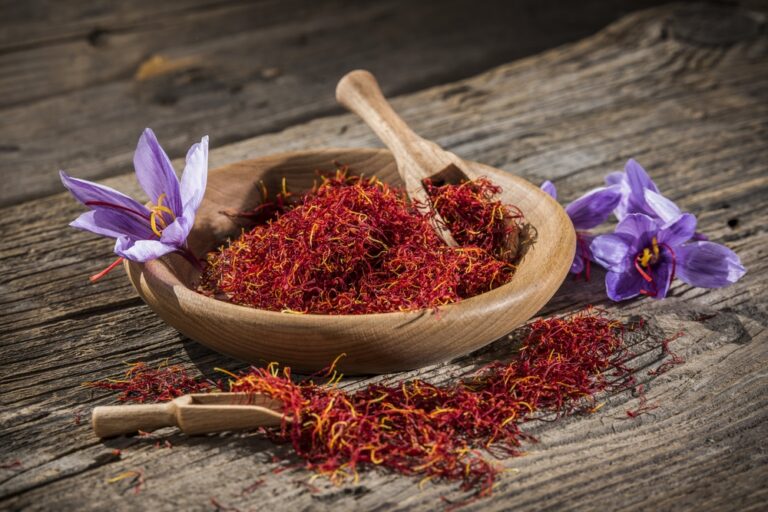Micronutrients & Phytochemicals
Learn about the essential role of micronutrients and phytochemicals in maintaining health. Discover their benefits, sources, and how to incorporate them into your patient dietary protocols for optimal health outcomes.
Keri Barron, PhD
(0 min read)
A Plant-Based Dietary Supplement Improves Measures of Metabolic Detoxification and Quality of Life
Keri Barron, PhD
(2 min read)
Nutrition and Potential Health Benefits of Oats
Keri Barron, PhD
(5 min read)
The Power of Synergy and Bioavailability in the Whole Food Matrix
WholisticMatters
(12:09 min listen)
Saffron: Herbal 101
WholisticMatters
(26:40 min listen)
Garlic Ancient Medicine Unearthed: The Saga of Garlic’s Timeless Healing Power
WholisticMatters
(52:16 min listen)
Four Must-Have Herbs for Your Practice
WholisticMatters
(37:00 min listen)
Blending Herbal Traditions with Modern Applications
WholisticMatters
(38:57 min listen)
Medicinal Herbs for Common Clinical Conditions
Marisa Marciano, ND, RH
(3 min read)
What Does Ginseng Do?
Marisa Marciano, ND, RH
(4 min read)
Herbal Constituents and Relevant Biochemistry
Keri Barron, PhD
(0 min read)
A Plant-Based Dietary Supplement Improves Measures of Metabolic Detoxification and Quality of Life
Keri Barron, PhD
(2 min read)
Nutrition and Potential Health Benefits of Oats
Keri Barron, PhD
(5 min read)
The Power of Synergy and Bioavailability in the Whole Food Matrix
WholisticMatters
(12:09 min listen)
Saffron: Herbal 101
WholisticMatters
(26:40 min listen)
Garlic Ancient Medicine Unearthed: The Saga of Garlic’s Timeless Healing Power
WholisticMatters
(52:16 min listen)
Four Must-Have Herbs for Your Practice









